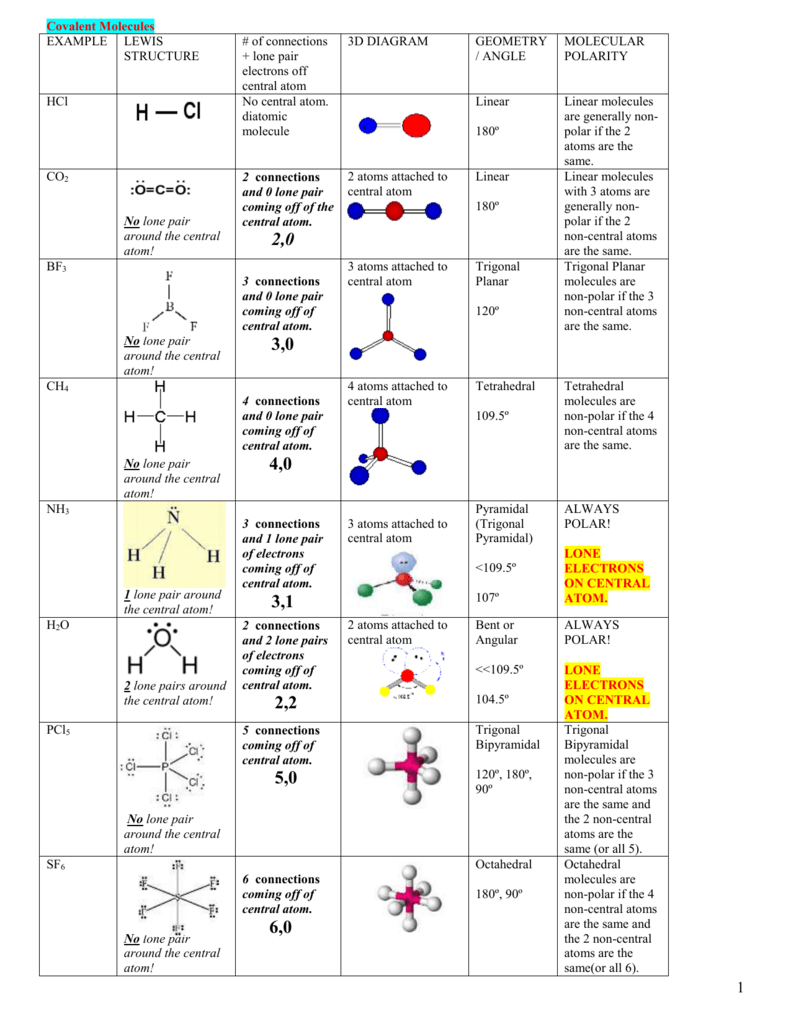


The structure that includes only the placement of the atoms in the molecule is called the molecular structure. We differentiate between these two situations by naming the geometry that includes all electron pairs the electron-pair geometry. The molecular structure of the methane molecule, CH 4, is shown with a tetrahedral arrangement of the hydrogen atoms. Two regions of electron density around a central atom in a molecule form a linear geometry three regions form a trigonal planar geometry four regions form a tetrahedral geometry five regions form a trigonal bipyramidal geometry and six regions form an octahedral geometry.įigure 4. The bond angle is 180° (Figure 2).įigure 3 illustrates this and other electron-pair geometries that minimize the repulsions among regions of high electron density (bonds and/or lone pairs). With two bonds and no lone pairs of electrons on the central atom, the bonds are as far apart as possible, and the electrostatic repulsion between these regions of high electron density is reduced to a minimum when they are on opposite sides of the central atom.

The Lewis structure of BeF 2 (Figure 2) shows only two electron pairs around the central beryllium atom. The BeF 2 molecule adopts a linear structure in which the two bonds are as far apart as possible, on opposite sides of the Be atom.Īs a simple example of VSEPR theory, let us predict the structure of a gaseous BeF 2 molecule. Other interactions, such as nuclear-nuclear repulsions and nuclear-electron attractions, are also involved in the final arrangement that atoms adopt in a particular molecular structure.įigure 2. We should understand, however, that the theory only considers electron-pair repulsions. VSEPR theory predicts the arrangement of electron pairs around each central atom and, usually, the correct arrangement of atoms in a molecule. The electrostatic repulsion of these electrons is reduced when the various regions of high electron density assume positions as far from each other as possible. The electrons in the valence shell of a central atom form either bonding pairs of electrons, located primarily between bonded atoms, or lone pairs. The VSEPR model assumes that electron pairs in the valence shell of a central atom will adopt an arrangement that minimizes repulsions between these electron pairs by maximizing the distance between them. Valence shell electron-pair repulsion theory (VSEPR theory)enables us to predict the molecular structure, including approximate bond angles around a central atom, of a molecule from an examination of the number of bonds and lone electron pairs in its Lewis structure. Bond distances (lengths) and angles are shown for the formaldehyde molecule, H 2CO.


 0 kommentar(er)
0 kommentar(er)
